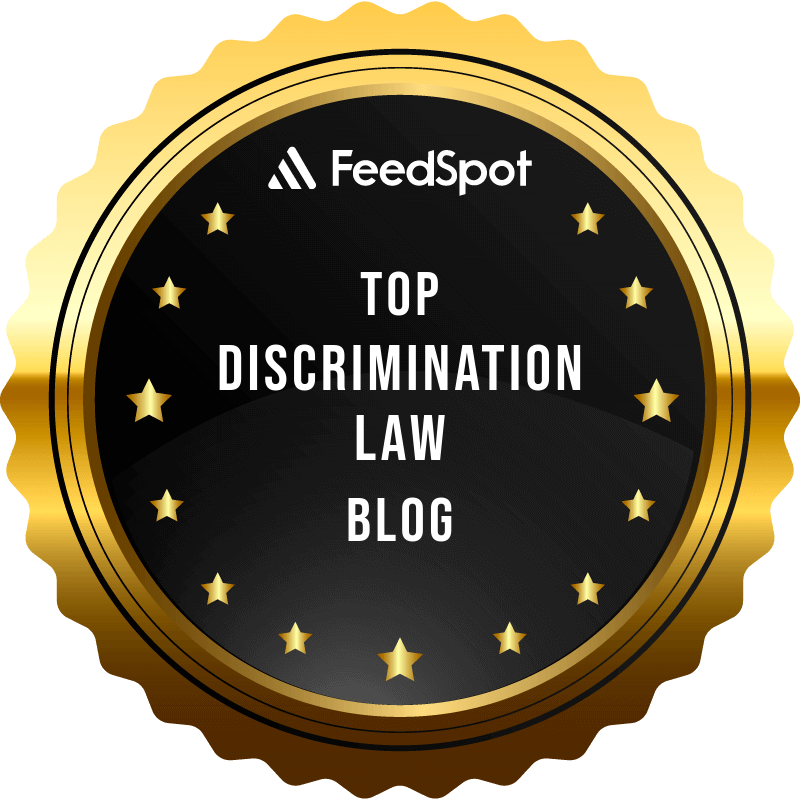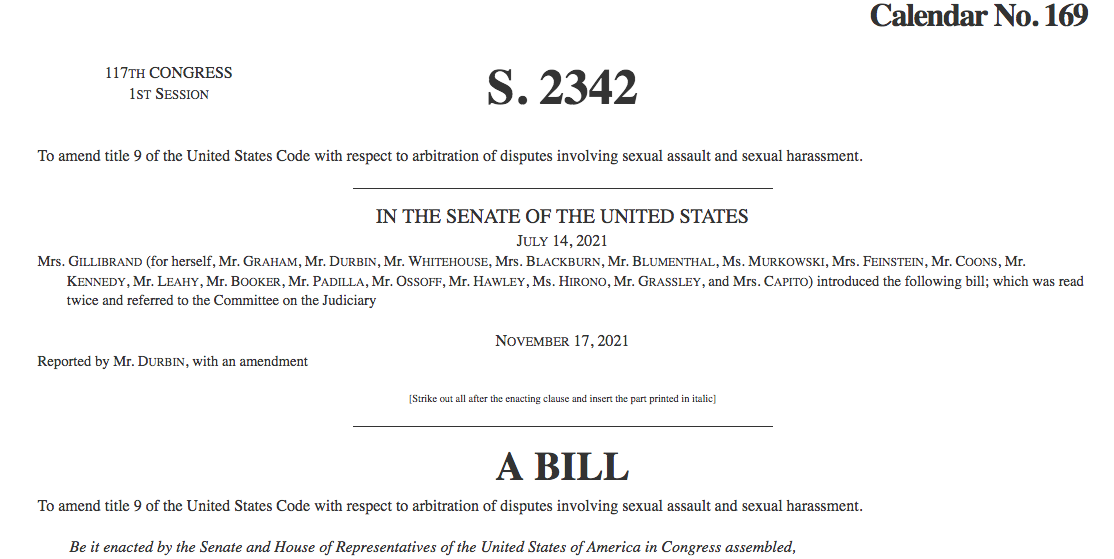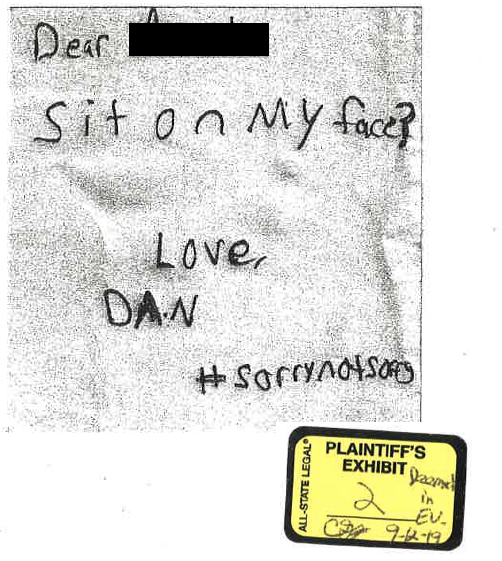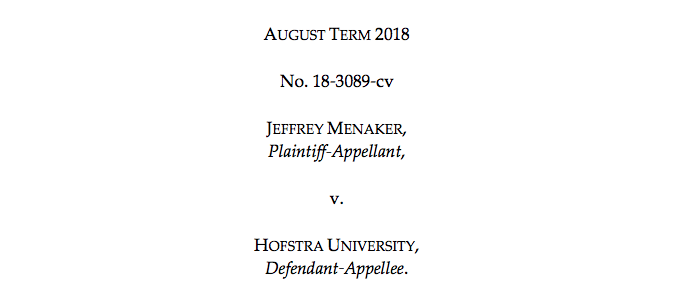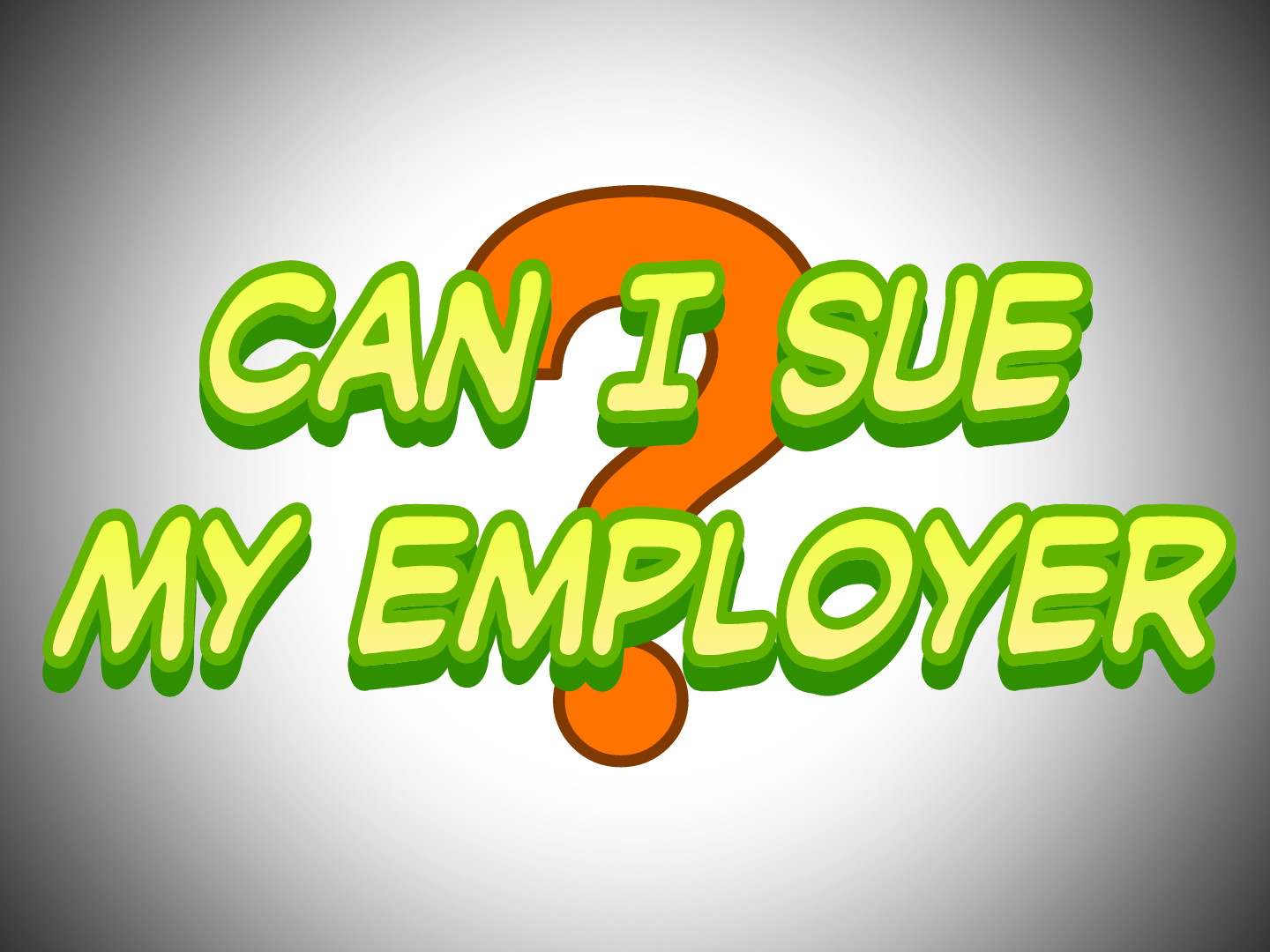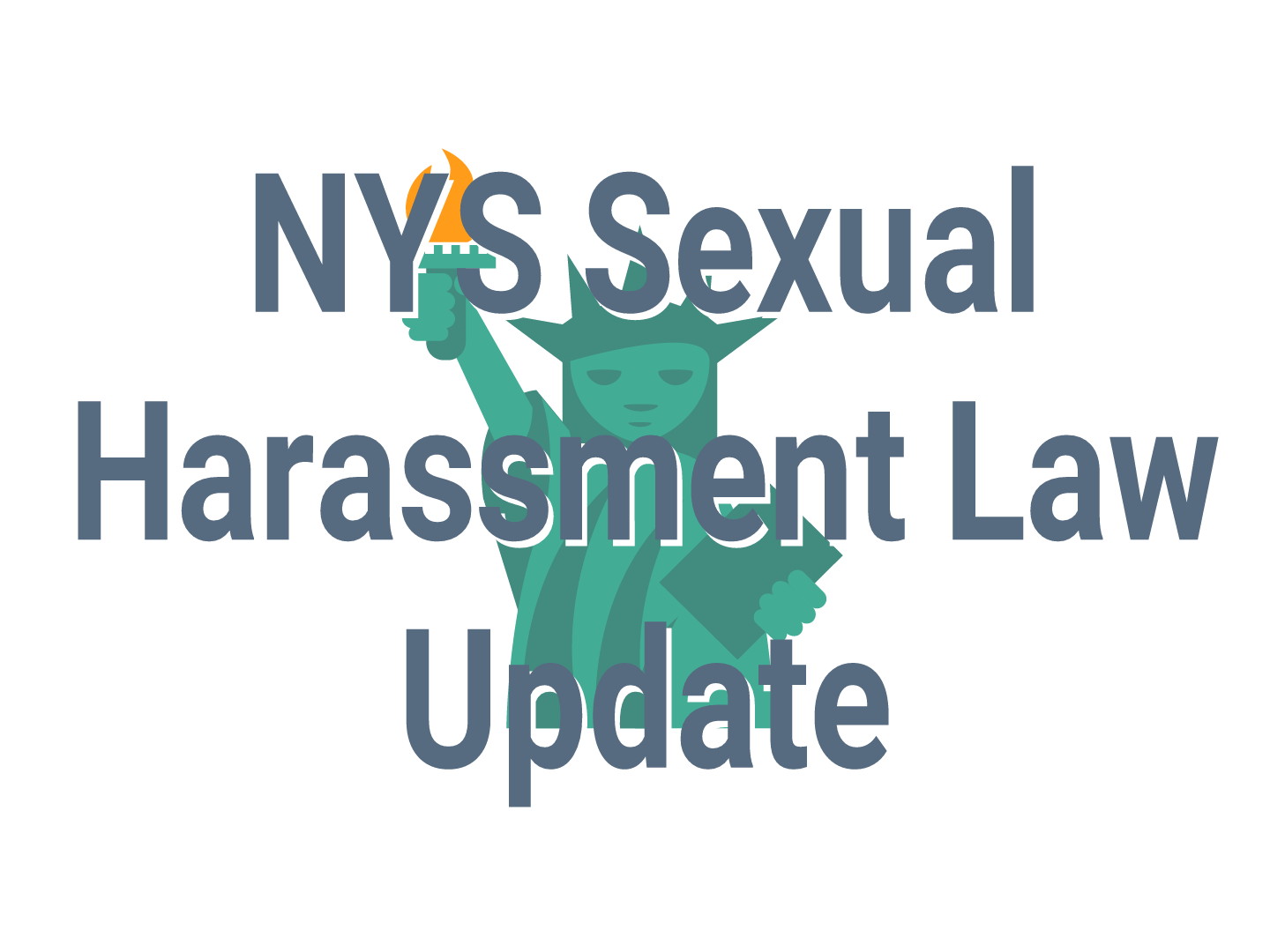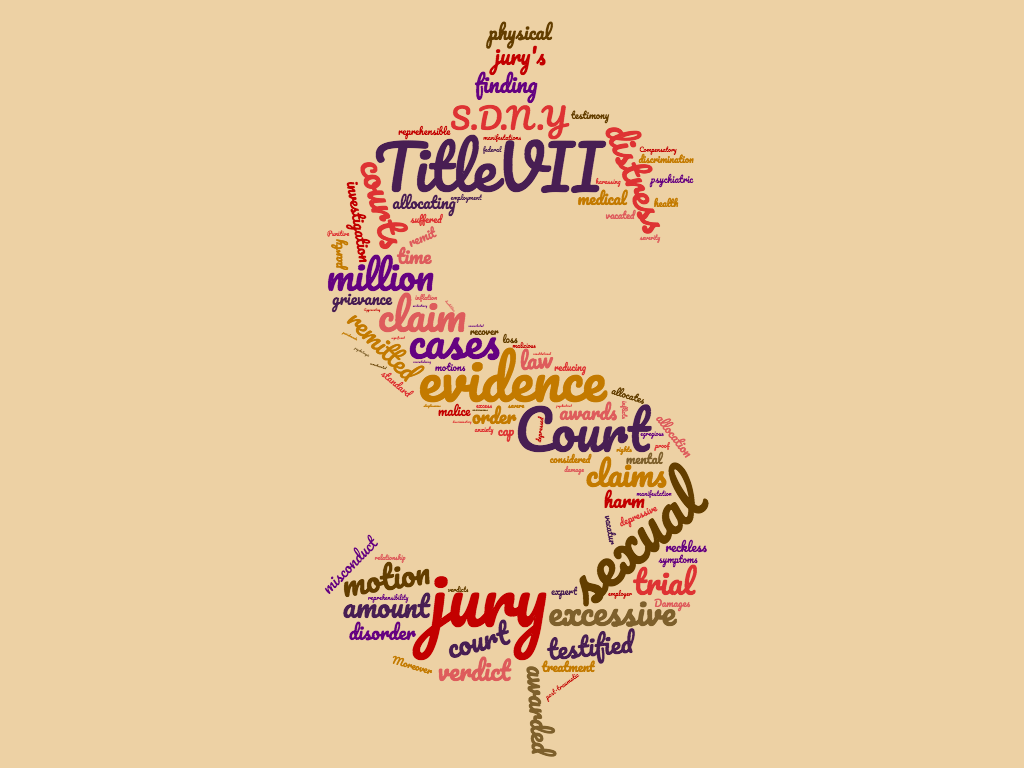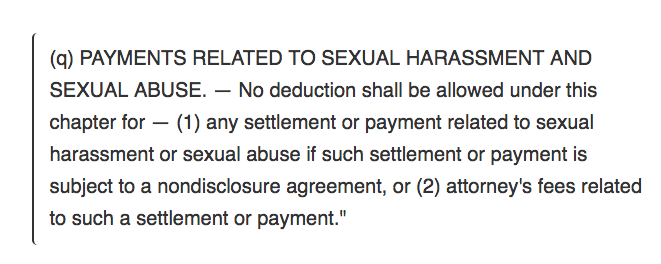The #MeToo movement highlighted the prevalence of sexual harassment in workplaces across the country and in New York. For years, if not decades, employers have had a variety of ways to keep instances of workplace sexual harassment in the dark. One way was confidential settlement agreements. In other words, employers could pay employees alleging sexual…
Continue reading ›Your Side









